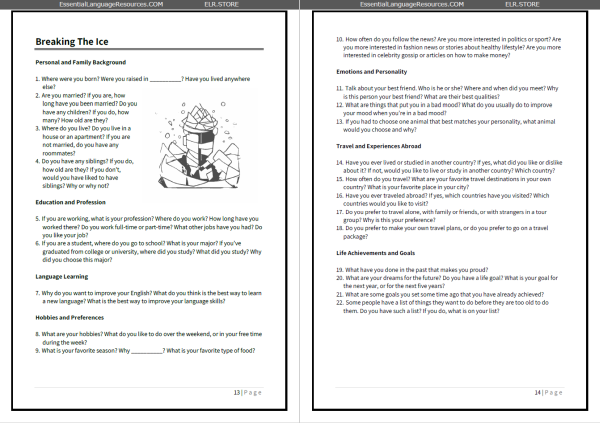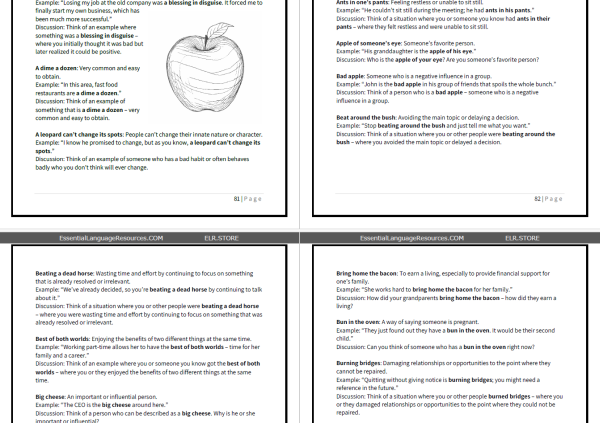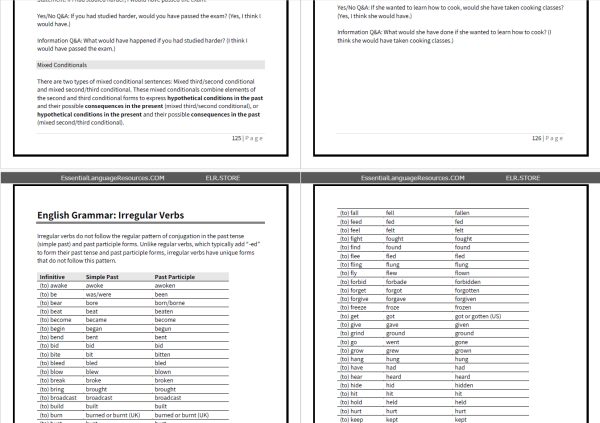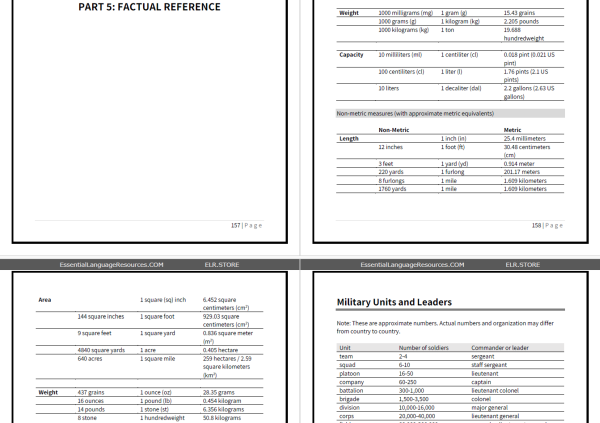
Welcome to this comprehensive guide to mastering English through discussions. This book aims to support second-language English learners at various stages of their learning journey. Whether your students are at the pre-intermediate level or more advanced learners aiming to refine their skills, you will find this resource both practical and enriching.
Part 1: Topic Discussion
The first section of this book focuses on discussions that span a diverse range of topics. With approximately 30 topics covered, you will find questions that encourage deep thinking and lively discussion. From everyday life to more complex issues, these topics are designed to help your students practice speaking and thinking in English. Each question gives students the opportunity to express their thoughts, share their experiences, and listen to others. This approach not only enhances their speaking skills but also builds confidence in using English in various contexts.
(Click to see larger image)

Part 2: More Discussion
This section takes conversation practice further with a variety of random questions, beginner-level prompts, and quick end-of-class discussion topics. Comprehension of popular idioms is reinforced with discussion questions, and if your students are mature enough, a section on more controversial topics.
This part of the book is also perfect for warming up before diving into more complex topics or for casual practice. By engaging with these questions, students will improve their ability to think on their feet and respond to a wide array of queries in English.
Part 3: More Speaking Practice
Students get ample opportunity in the first two sections to express and discuss their opinions and ideas and relate their experiences. The first part of this section goes back to the basics: practicing simple question and answer dialogs with different grammatical structures.
More opportunity is then given where students can practice their speaking skills with short speeches, imagined stories, and statements of fact and fiction.
(Click to see larger image)

Part 4: Language Reference
This section provides concise and clear explanations of English grammar. Also included are lists of nouns, verbs, and adjectives. Understanding the rules of grammar and having a rich vocabulary are essential components of fluency. Use this section to clarify doubts, learn new words or review vocabulary, and refine grammatical and even spelling accuracy.
(Click to see larger image)

Part 5: Factual Reference
Lists of important historical events and influential people, alongside data about countries, their capital cities, and their populations await learners in this section. Additionally, you will find 26 maps that visually represent geographical information, helping students connect language learning with real-world knowledge. This section also provides excellent material for informed discussions and learning activities.
(Click to see larger image)

(Click to see larger image)

* * * * * * * * * * *
PREVIEW: Number-One-ESL-Discussion-Book-Reference-Guide-SAMPLE.pdf
* * * * * * * * * * *
Using this book
Start with the topics that interest your students the most and gradually explore other areas. Use the discussion questions as a springboard for longer conversations. It is not essential to go through all the questions. Some students may have no interest in a topic; sometimes they’re too young or too old. Modify the questions as you see fit.
Suggestions on how to use the discussion questions:
1. In a one-on-one session, go through all the questions or select questions you regard as more interesting or appropriate.
2. In classes with six or more students: Group 1 chooses one question from, for example, questions 1-3, discuss the question, then report back; group 2 chooses one question from questions 4-6, discuss the question, then report back, and so on.
3. Students can also be given a choice of select questions for individual homework assignments.
Additional tips:
o Adapt the difficulty level based on your students’ progress. Consider providing vocabulary lists for more challenging topics.
o Encourage active participation by asking follow-up questions.
o Use visuals, role-playing, or games to make the discussions more interesting.
Remember, language learning is a journey, and every discussion, question and answer session, and new fact learned brings language learners one step closer to fluency.
* * * * * * * * * * *
PRICE: $18.95
* * * * * * * * * * *
If you have any questions, please e-mail us at contact@elr.store.
* * * * * * * * * * *